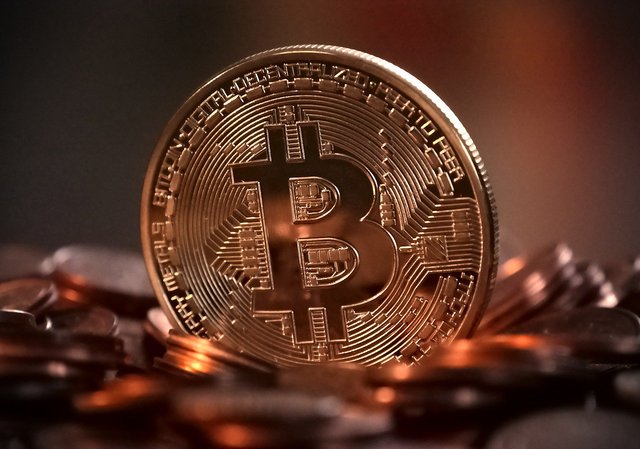"Bitcoin: Could It Be Damaging to the Environment?"

While bitcoin’s price reached a record high a fortnight ago, there is an increasing concern for its environmental sustainability. This is seemingly counterintuitive; instead of wasting paper on producing paper bank notes, the cryptocurrency is a digital asset. However, there is a simple answer; to create bitcoin, computers consume a lot of energy.
The mining process requires compiling recent transactions into blocks and subsequently solving difficult cryptographic calculations to “mine” more virtual money. As published in an article by Christopher Malmo in Motherboard, it is impossible to exactly estimate how much electricity is consumed in a single bitcoin transaction. However, there are studies which calculate a plausible range of energy consumption per bitcoin transaction.
Bitcoin’s Energy Consumption
Any transaction with bitcoin consumes around 215 kilowatts per hour. To compare the electricity consumption required to create bitcoin with our daily lives, an average American family consumes 901 kWh of electricity a month. So, a household would be able to run the heating of its house for a week to reach the same energy consumption needed for one bitcoin. Or, it could boil around 1.872 litres of water in a kettle. And, if there are around 300,000 estimated transactions per day, the cryptocurrency would burn more than 24 terawatts per hour in a year. This is the same amount of energy annually consumed in Nigeria, a country of 186m people.
However, producing paper money has a price too. According to the Federal Reserve, producing a one dollar note costs 5.4 cents while a note of hundred dollar costs 15.5 cents. Therefore, to produce 7,600 dollars in notes of 100 dollar bills, the price would be of 11.77 cents. The euro has similar costs of production as American dollars. The most expensive to produce is the 2 euro coin, which costs 25 cents. Other analysts suggest that a comparative analysis of bitcoin and traditional notes should take into account distribution and creation costs, which would involve different factors in fiat money’s circulation. Like building a bank branch or the consumption of utilities in head offices and branches. This counterargument is not very helpful because traditional financial services are switching to online and mobile banking.
Not Necessarily ‘Green’
Although it is enough to have a computer and a client to create bitcoin, the technological process is very complicated. In the past, the cryptographic calculations could have been solved using normal computers – now they require powerful machines. There are even companies which produce and sell machines specifically assembled to support miners and their bitcoin operations. The link between the cryptocurrency and electricity consumption is directly connected to its profitability.
When bitcoin’s price surges, mining becomes more lucrative because the increased value of bitcoin outweighs the high costs of production for miners. Since miners get rewards for mining blocks, they will increase computing power when bitcoin’s prices compensate the growth of energy consumption required to support their mining. Since bitcoin’s price is constantly increasing, for miners it will more profitable to use power, despite environmental concerns.
Conclusion
Energy footprints will be a serious issue if the spread of bitcoin will constantly grow. Malmo predicts that in next future miners will earn more from transaction fees rather than from mining new blocks. Nevertheless, there are ways to improve the cryptocurrency’s energy consumption. It has been suggested to change the systems that produce bitcoin which requires huge electricity consumption.
However, looking for an alternative model that guarantees safety and sustainability is not an easy challenge. Even though the cryptocurrency is a revolutionary innovation, it needs to improve its energy efficiency. In a time in which the environment is a serious issue, bitcoin needs to become more “green”. Paradoxically, the same colour as the classic US dollar.